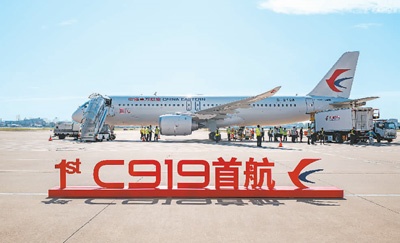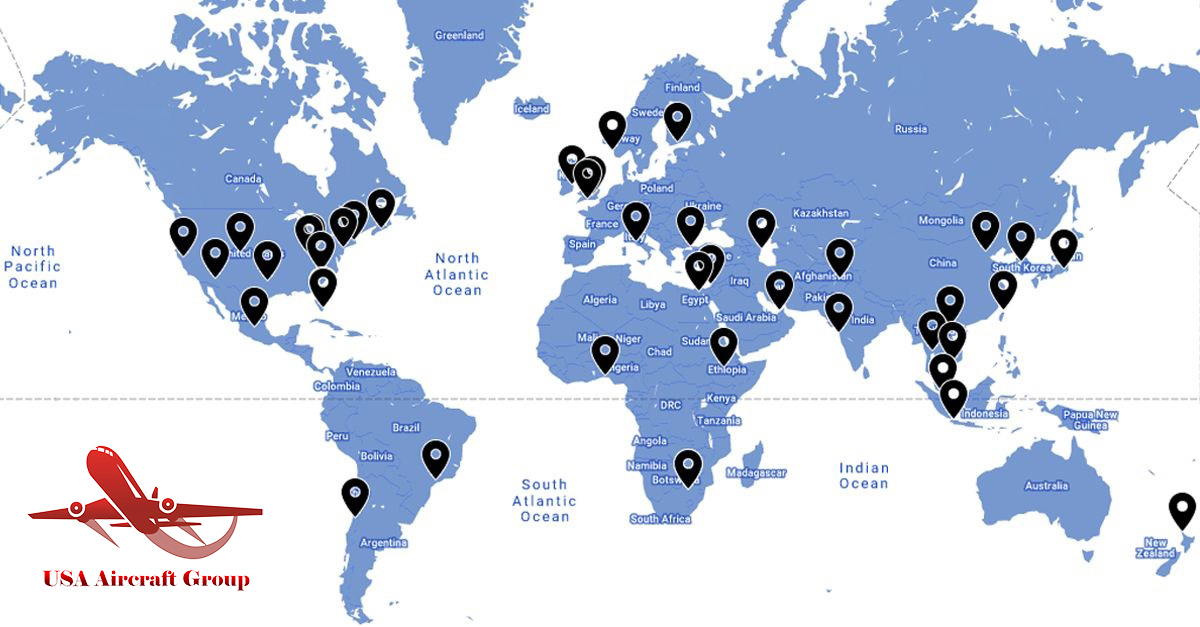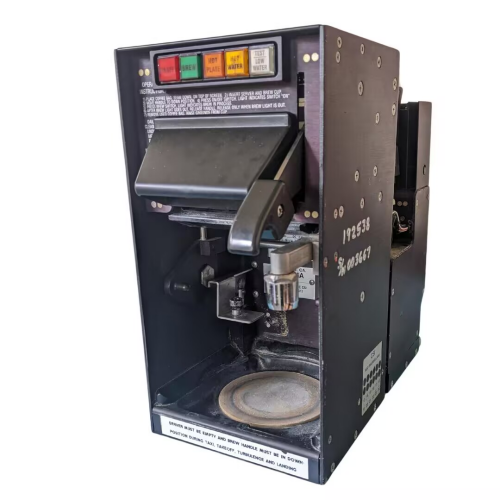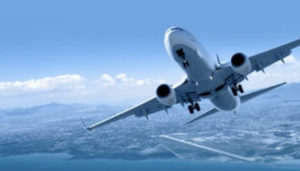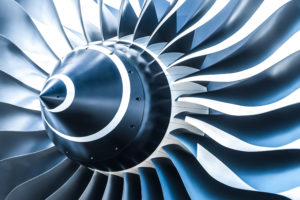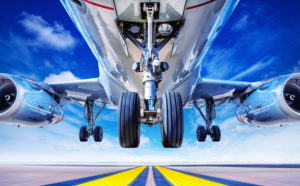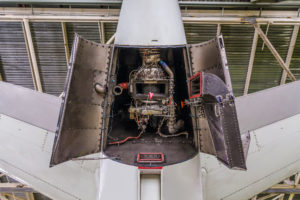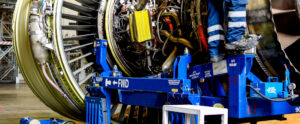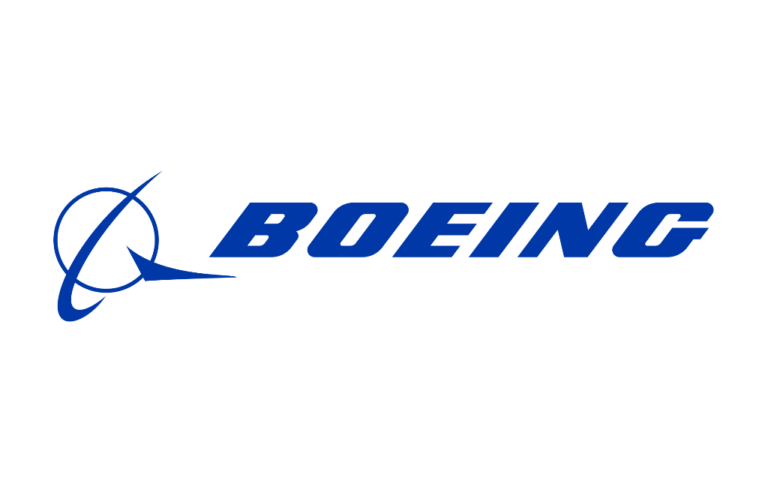Press Releases

Classification of civil aircraft-USA Aircraft Group Corporation
Date: 2024/11/1
Airline aircraft
Airline planes, also known as transport planes, are divided into passenger planes to transport passengers and cargo planes to transport goods, as well as mixed passenger and cargo transport planes converted from passenger planes. Airline aircraft has a large tonnage and high output value, which has formed a worldwide air transportation network from the flight of airline aircraft, and the value and output value of the fleet account for most of the civil aviation aircraft. Airline aircraft is the main body of civil air transport, and passenger aircraft occupies the main part. The following discussion on civil aircraft mainly focuses on modern passenger aircraft.
Passenger aircraft can be divided into long-range passenger aircraft, medium-range passenger aircraft and short-range passenger aircraft according to the distance of the voyage. According to the usual international standards, short-range passenger aircraft are those with a voyage below 3,000 kilometers, medium-range passenger aircraft are those with a voyage of 3,000 to 8,000 kilometers, and long-range passenger aircraft are those with a voyage above 8,000 kilometers. Because this definition is not clear, aircraft with a range of less than 5,000 kilometers are sometimes called medium and short-haul passenger aircraft, and those with a range of more than 5,000 kilometers are called medium and long-haul passenger aircraft. Generally speaking, the farther the flight, the greater the take-off weight and the more advanced the equipment.
Passenger aircraft can be classified into piston aircraft and jet aircraft according to their engines. Before 1958, piston planes were mainly used on air routes. After 1958, passenger planes with jet engines were put into use in large quantities. Because of their slow speed and low efficiency, piston planes are only used in a small number on short flights.
General aviation aircraft
General aviation includes all non-military aviation activities except transportation operations, and its content is very extensive. All general aviation uses small aircraft with a take-off weight of less than 50 tons, which can be generally divided into business jets, private aircraft, agricultural aircraft, trainer aircraft, sports competition aircraft, etc.
Business jet: refers to a small aircraft used for official or business activities of senior government officials and managers of enterprises, also known as administrative or business aircraft. The passenger capacity of a business jet is generally no more than 15, and the take-off weight is below 10 tons. In recent years, due to the development of multinational companies and international exchanges, some companies and government officials need to travel long distances. At present, the maximum take-off weight of luxury and long-distance business jets can reach 30 tons, and the maximum range is over 5,000 kilometers. Its flight performance is similar to that of passenger planes. Some of them can carry 20 passengers, and they can also be used for transportation operations. The boundary between such business jets and passenger planes is not very obvious.
Agricultural machinery: aircraft specially serving agriculture, forestry, animal husbandry and fishery. Some of these aircraft are specially designed, while others are modified from multi-purpose aircraft. Generally, these aircraft are small aircraft with single engine, and the flight speed is below 400 km/h. The instruments and equipment of the aircraft are relatively simple, but they have high structural strength and good low-altitude flight performance.
Trainer: used to train pilots. There are at least two seats. The primary trainer is used to train students to master the primary K-line technology. This kind of aircraft usually has only one engine, which is simple in structure and easy to operate. After training, students can be pilots on small planes of general aviation. Advanced trainer training After passing the primary trainer training, the flight personnel who master the flight technology of the airline plane are further trained. The advanced trainer is generally dual-engine, and the instrument equipment and flight performance on board are similar to those of the business jet.
Multi-purpose light aircraft: this kind of aircraft includes aircraft used for air sightseeing, ambulance, short-distance transportation, family use, aerial photography, sports and personal entertainment. The take-off weight does not exceed 5 tons, and the smallest can include ultra-light aircraft with only a few hundred kilograms.



